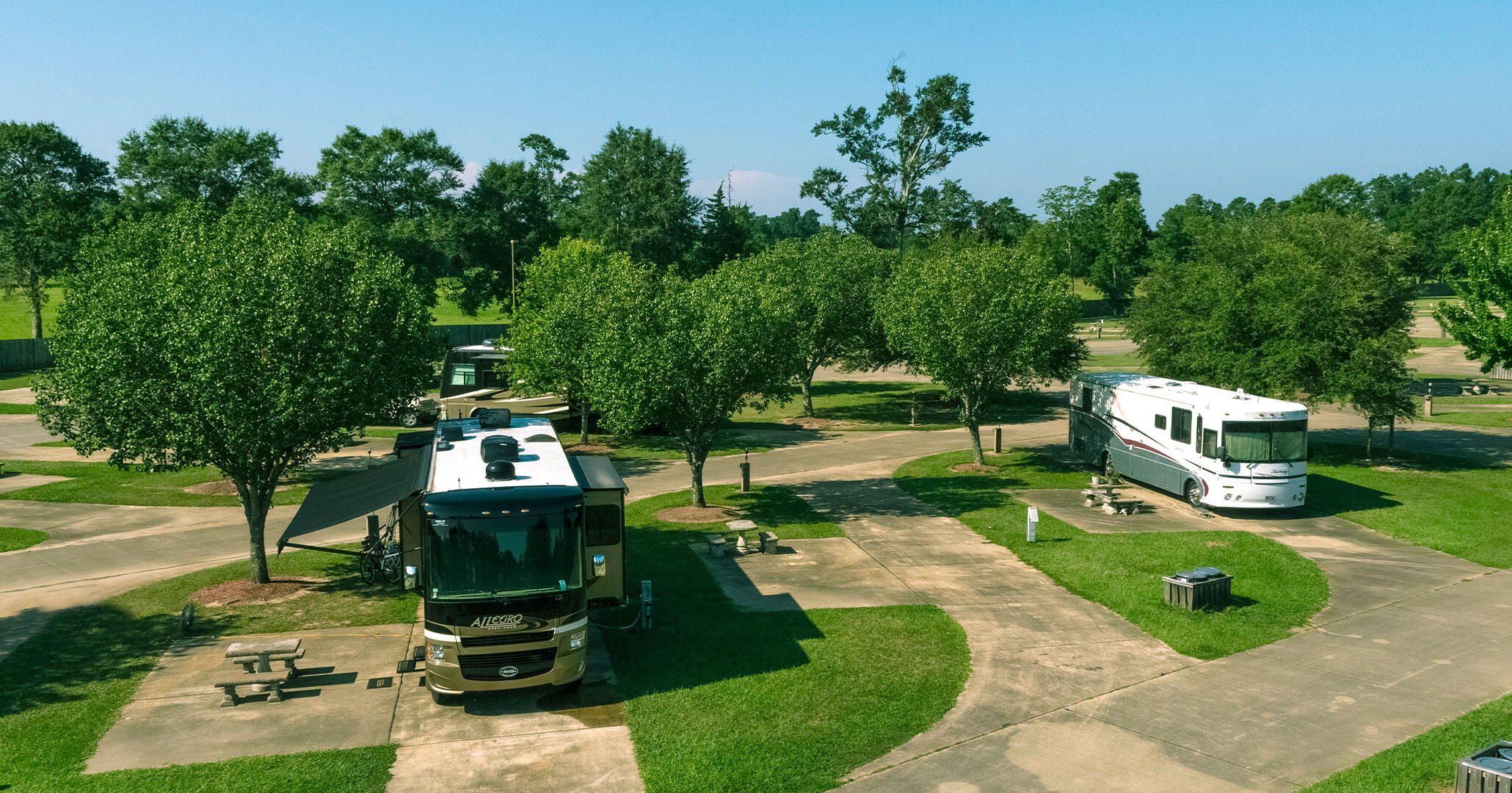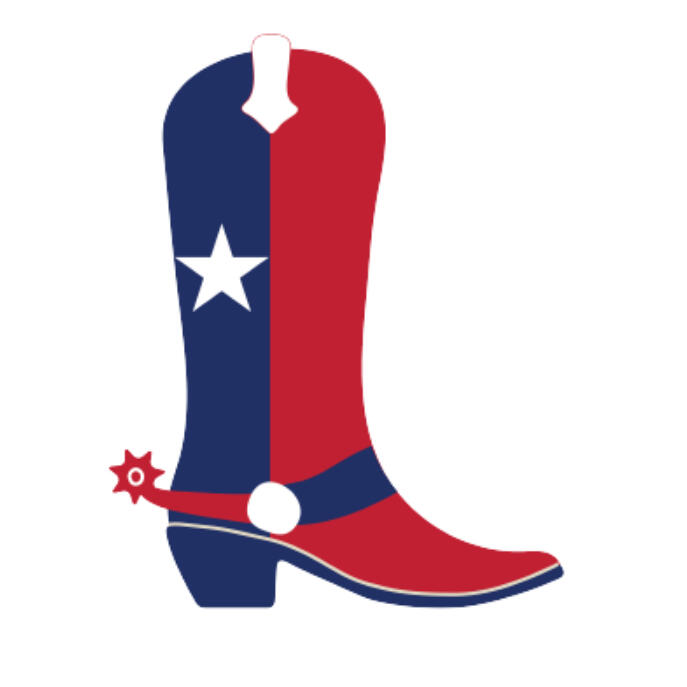About Texas Livin' RV Park
Experience the charm of small-town Texas with the perfect blend of modern comforts and rustic beauty. Nestled in a prime location, our RV park offers spacious sites, top-notch amenities, and a welcoming community atmosphere. Whether you're here for the famous First Monday Trade Days, exploring the scenic countryside, or simply looking for a peaceful retreat, Texas Livin' RV Park is the perfect place to relax and enjoy the Lone Star State.Come stay with us and experience true Texas livin'!

Contact Us
Please submit your contact information below and we will be in touch!
© 2025 Texas Livin' RV Park.
All rights reserved.
